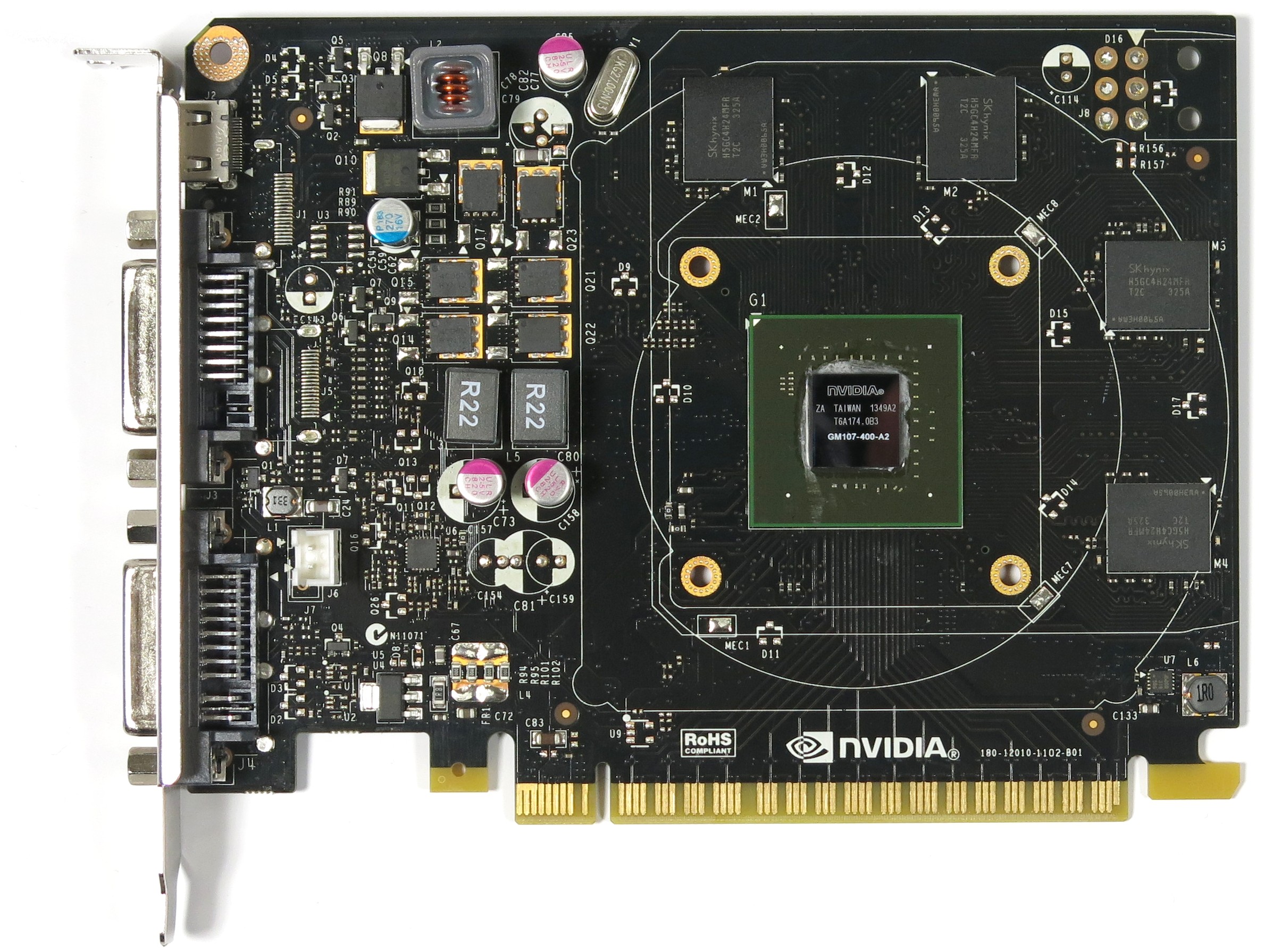Passively Cooling Nvidia's GeForce GTX 750 Ti...With An AMD Sink
We couldn't resist going where no man had before (or where no board partner could in time for Nvidia's launch): building a passively-cooled GeForce GTX 750 Ti. In the end, it took a bit of customization, since there aren't any compatible coolers yet.
Passive Cooling Works On GeForce GTX 750 Ti
For some reason, naked cards make me want to customize. If you can get motivated to enlarge this board's screw holes on your own (really, it's not a difficult task), then you're able to attach any heat sink with a hole distance of 43 mm. In essence, that's coolers compatible with AMD's Radeon HD 7700 family.
You might not think that this project is worthwhile to you, since existing partner cards run cool and quiet already. That's fair enough. But this is about cooling GM107 with no moving parts.
We can only concede that GPU Boost and its associated mechanisms are great for controlling the thermals on passively-cooled cards, even if that's not what it's meant for.
The technology works almost perfectly though, without much performance hit. It's also better about preventing the panic attacks triggered by passively-cooled Radeon cards in fanless cases. We've seen those boards crest 100 degrees, which is very dangerous.
Wrapping Up
We plan to continue tinkering, ensuring that any heat sink we experiment with has to at least be rated for 60 W and support a 43 mm screw pattern. If you're willing to follow in our footsteps, you'll end up with a nice, silent, and most important, fairly high-performance card. The GeForce GTX 750 Ti is typically a little slower than AMD's Radeon HD 7850. But that Pitcairn-based board can't be cooled passively.
Get Tom's Hardware's best news and in-depth reviews, straight to your inbox.
Current page: Passive Cooling Works On GeForce GTX 750 Ti
Prev Page Measurement Data And Performance
Igor Wallossek wrote a wide variety of hardware articles for Tom's Hardware, with a strong focus on technical analysis and in-depth reviews. His contributions have spanned a broad spectrum of PC components, including GPUs, CPUs, workstations, and PC builds. His insightful articles provide readers with detailed knowledge to make informed decisions in the ever-evolving tech landscape
-
s3anister Excellent article; very unique take on what seems to be another future possibility for 750 Ti in the retail channel. I would have however, loved to see some thermals for the passively cooled card in a case like Fractal's Define R4 or Nanoxia's Deep Silence.Reply -
Cons29 i'm not comfortable with these temps, a low speed fan should be enough to lower it while still keeping the noise downReply -
FormatC The temperature target of 80°C was set by Nvidia for Kepler too - all reference boards were designed to handle this w/o problems.Reply -
emad_ramlawi interesting, i reckon it would been a perfect match for the GTX 750, i dont know why people overlook it, its only a tad slower than GTX 750 TiReply -
Blazer1985 False! The resistance generated the heat you had to dissipate, it was all but futile! :-D Sorry, nerd joke :-DReply -
de5_Roy very interesting little project. i read from reviews and comments how this gpu might be suitable for passive cooling. this may be the most powerful passively cooled card i've seen so far.Reply
